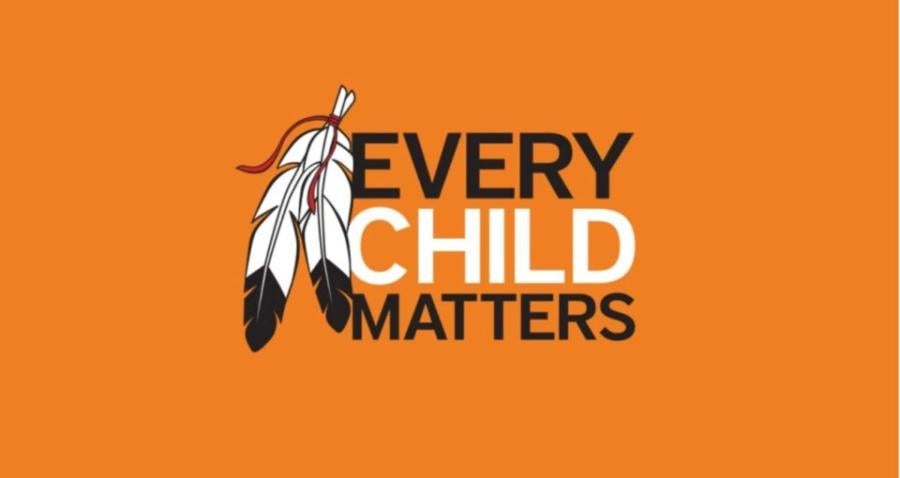The idea for the LEO project arose from several sources. One was a collaborative project with the Inuit community of Pangnirtung to develop local capacities for search and rescue as an alternative to relying upon aircraft dispatched from southern Canada. We used prototypes of a new rescue beacon that emits a distress signal to the US-Russian global rescue system. We also used early versions of the Global Positioning System (GPS), mounted on boats and snowmobiles, to guide us to the rescue site. If GPS could be somehow linked to aerial cameras, it would open up new possibilities for local and low-cost environmental imaging. (Our Inuit colleagues also had other ideas. In between rescues, the GPS unit was used to record the location and yield of holes cut through the seaice for winter halibut fishing in order to build up a resource map and inventory.)
Another source was a meeting with staff members from NASA about the Earth Observing System (EOS), otherwise popularized as the "Mission to Planet Earth". About two to three years from now, a series of satellites will be lofted into space to detect indicators of changes considered critical for the future of the earth: surface temperatures, sea level changes, aridity, atmospheric content and so on.
I asked whether local groups or communities in remote areas could gain access to this information, or could perhaps contribute their own local data. The answer was that there were no provisions for this. Data streams from EOS satellites would first be channeled towards "modellers," whose computerized systems would digest, integrate, interpret its significance and presumably convert it to options for action.
This is not a comforting prospect. The track record for international environmental negotiating is discouraging. It is difficult to believe that the self-serving nationalism so conspicuous in the debate over ozone and climate change will be suspended when it comes to selecting from such options.
Since earth resource sensing satellites were introduced in the 1970's, their output has been virtually monopolized by institutions with the technical resources to analyze and apply such data: land management agencies, resources corporations, and academic researchers. During this period, the prices of imagery have escalated to the point where a single image can cost $4,000 to $6,000, but the imagery has improved only slightly in quality. IN addition to being too costly for local groups, satellite imagery remains a relatively crude way of collecting earth imagery and one that is in need of constant ground verification,. The LEO project aims to counter this monopolistic tendency. Our objective is to localize geomatic technology and reduce the cost involved as a first step towards democratizing access to environmental information.
THE AIRPLANE
Another inspiration for the LEO project was a request from a doctor working with indigenous communities in the Colombian Amazon for an aircraft which would be just large enough to carry a pilot, nurse and patient, and just small and cheap enough for his sponsors (the Paris-based Aviations Sans Frontières) to afford. When a suitable candidate was found. I also noticed that it could carry a pilot, an operator and an imaging system. It is a utility component aircraft made near Vancouver and designed by Murphy Aviation in collaboration with Dick Hiscock, perhaps one of the foremost bunch plane designers in the world. We obtained one of these airplanes in component form and built it from scratch, installing racks and hatches for the monitoring system and adding major modifications, designed to convert it for use on rough airstrips in remote areas: special tanks to extend the range to 1,500 km, stronger landing gear, a three-bladed propeller, and a Lycoming engine.
MISSION GUIDANCE SYSTEM
The software linking the cameras with the GPS was developed at the Facchochschule Bochum by a group of survey engineers. Although intended for topographic survey, it is equally useful for the local work envisioned for the LEO aircraft. The mission planning process is displayed on a laptop computer in such a way as to demystify factors such as image scale, ground coverage and height over ground, and to enable local users to participate in planning missions. Each image is "geocoded"; that mean that the location of the center point of each image is recorded to an accuracy of 50 meters or better. Since each mission is guided by GPS satellites, surveys can be flown accurately where there are no charts to landmarks, over open water or poorly-mapped forests. And since the data for each mission is stored in the computer, it can be reflown at any time, making the system useful for long-term monitoring of changes in the land-or seascape.
THE STABILIZED MOUNT
Using light aircraft for imaging at fairly low attitudes carries a handicap in the form of turbulence. Although the GPS records the position of the aircraft at the moment of camera exposure, we cannot translate that into the center point of the image on the ground unless the camera plane is level at that instant. To resolve that problem, our Bochum partners have designed a gyrostabloized mount which cost about 30% of that used by conventional survey aircraft. We are now in the process of field-testing the first prototype of this mount.
THE IMAGERS
The aircraft is equipped with two camera hatches and can accommodate up to five imaging instruments. At present we are concentrating on photography and videography. Early next year, we expect to be testing the first version of a digital frame camera to be modified for aerial use and a new and smaller version of an advanced multispectral scanner.
LOCAL-GLOBAL DATA EXCHANGE
The imaging cameras a nd scanners can be set to mimic the "spectral windows" or bands (such as the ultraviolet or infrared band of a spectrum) used by remote sensing satellites. Since all images are geocoded, they can easily be compared directly to the similarly geocoded images produced by satellites. The opens up several possibilities, including the gathering of local high resolution imagery to amplify the low resolution satellite imagery of special sites identified upon satellite images. Also, services can be supplied for the agencies that operate satellites, who are in constant need for "ground-truthing" or local verification of satellite data. Such reciprocal local-global data trade could potentially help to make local LEO-type operations more economical, but they are secondary to the major purpose of this project, which is to strengthen local capacities for aerial environmental monitoring and mapping.
PROSPECTS FOR LOCAL CAPACITY-BUILDING
The first version of the LEO system, including aircraft, imagining, and mission guidance, has been constructed. We are now in the process of field-testing it in a series of local missions, planned and conducted in collaboration with indigenous and environmental groups in Canada. Later, we hope to continue this proving process with local groups in Canada. Later, we hope to continue this proving process with local groups in the Caribbean and Central America. These are also to estimate the skills, training, and technical resources necessary to assist groups in establishing their own LEO-type operations. This is the ultimate objective of the LEO project.
Article copyright Cultural Survival, Inc.




